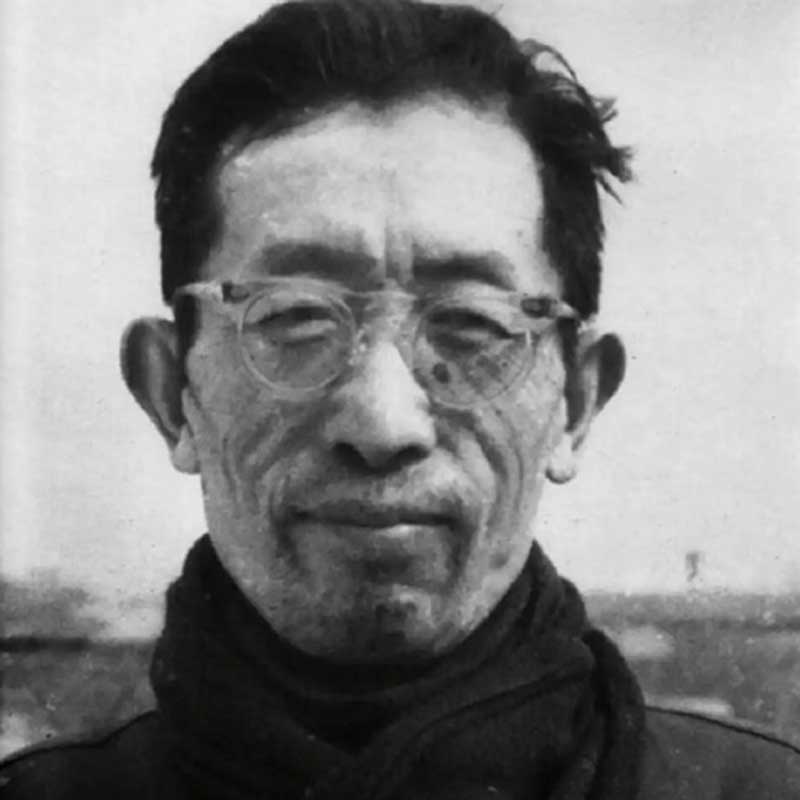江苏常熟人,寄居北京,蒙藏少数民族题材绘画的先驱者之一。擅长油画,油画多作风景、静物及人像。师从徐悲鸿、吴作人、吕斯百。画风写实,朴厚;亦作中国画,取法唐宋,画风亦秀雅有致。
1934年考入国立中央大学艺术系学习西画,受到徐悲鸿的写实主义美术教育主张与方法的深刻影响。1938 年参加国立中央大学艺术系战地写生团,赴第五战区前线宣传抗日。同年毕业,留任国立中央大学艺术系助教。1941 年经国立中央大学艺术系主任吕斯百推荐,成为张大千助手,随张大千在莫高窟、榆林窟、西千佛洞、塔尔寺等地临摹和考察壁画,期间画了大量表现蒙、藏各族人民生活的写生和油画作品。1942年回到国立中央大学艺术系继续任教,并被徐悲鸿聘为中国美术院副研究员。1946-1949 任国立北平艺术专科学校副教授,加入北平美术作家协会。新中国成立后,先后任中央美术学院绘画系副教授,中央戏剧学院舞台美术系教授。
Born in Changshu, Jiangsu, he lived in Beijing. He was one of the pioneers of painting on the themes of Mongolian and Tibetan minorities. He was good at oil painting, and his oil paintings were mostly landscapes, still lifes and portraits. He studied under Xu Beihong, Wu Zuoren and Lu Sibai. His painting style was realistic and simple; he also painted Chinese paintings, imitating the Tang and Song dynasties, and his painting style was also elegant and well-proportioned.
In 1934, he was admitted to the Art Department of National Central University to study Western painting, and was deeply influenced by Xu Beihong's realistic art education ideas and methods. In 1938, he joined the battlefield sketching group of the Art Department of National Central University and went to the front line of the Fifth War Zone to promote the anti-Japanese war. He graduated in the same year and stayed as an assistant professor in the Art Department of National Central University. In 1941, he was recommended by Lu Sibai, the director of the Art Department of National Central University, to become Zhang Daqian's assistant. He followed Zhang Daqian to copy and investigate murals in Mogao Grottoes, Yulin Grottoes, Xiqianfo Caves, Ta'er Monastery and other places. During this period, he painted a large number of sketches and oil paintings depicting the lives of Mongolian and Tibetan people. In 1942, he returned to the National Central University Art Department to continue teaching, and was hired by Xu Beihong as an associate researcher at the China Academy of Art. From 1946 to 1949, he served as an associate professor at the National Peking Art College and joined the Peking Art Writers Association. After the founding of New China, he served as an associate professor at the Central Academy of Fine Arts' Department of Painting and a professor at the Central Academy of Drama's Department of Stage Art.


